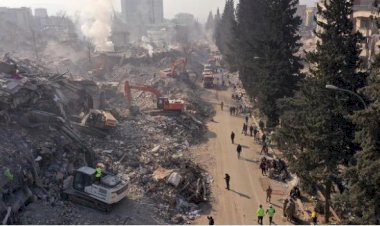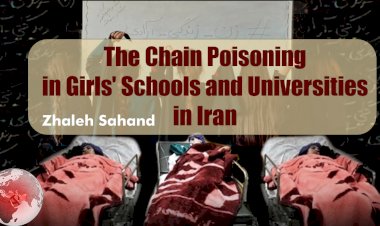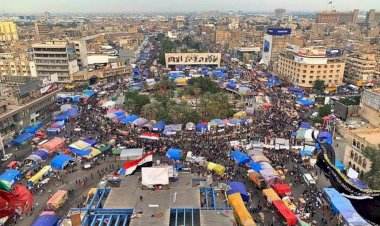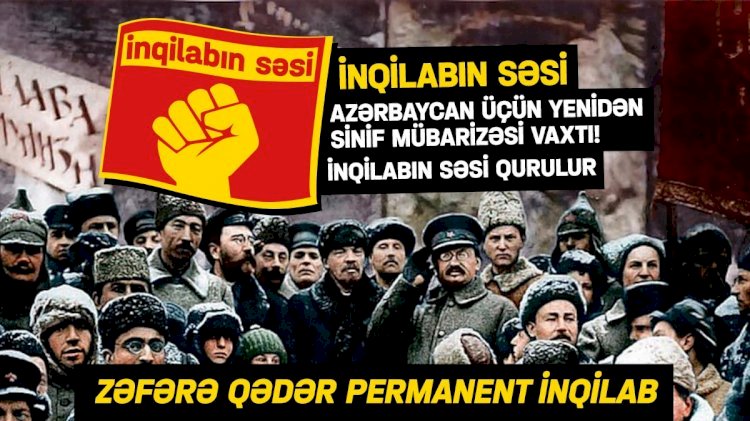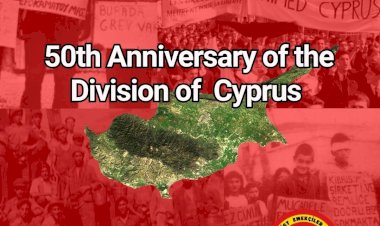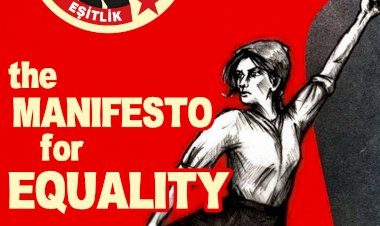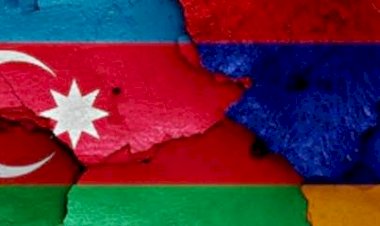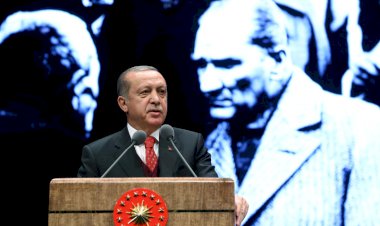Rewriting the Fate of the Middle East
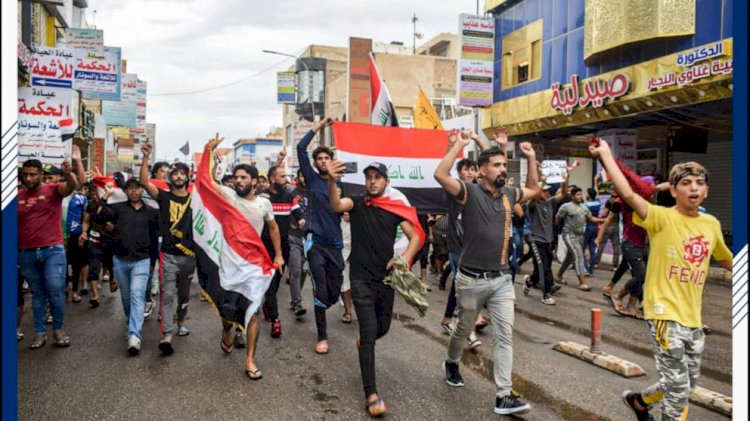
The dreams and wills of the Middle Eastern people hit a wall of the system. It is like being from the Middle East requires being born into a land of misery and wars. While strategic analysis is marketing the policies of the imperialists and regional powers as fate, peoples' and laborers' only share is to live in this swamp.
While the world is going through the deep crisis of capitalism deepened by the Covid-19 pandemic, the dose of aggression is on the rise in the conflict areas. Of course, the Middle East is the first among those who suffer the most from this. The “clash of civilizations”, which gives the rulers an opportunity to survive for decades as they weaken, is the only way to keep their waning legitimacy. As contradictions deepen, conflicts become more violent.
The Middle East, is one of the epicenters of the ethnic-sectarian conflicts that is how this rotten system survives.
The wave of rebellion that started in Lebanon last year and shook the system flared up again after the Beirut port explosion. Once again a government cannot be established, nobody wants to take responsibility for this ruin. On the other hand, Lebanese workers reject the sectarian system that has been plundering all the resources of the country for decades with sectarianism. Considering that the system cannot overcome this crisis, the rebellious anger of the masses will not easily disappear.
We are on the first anniversary of the historical October uprising in Iraq. Iraq has become the epicenter for sectarian fanaticism after the overthrow of Saddam Hussein and the USA occupation. The sectarian fanaticism, which grew up with imperialist interventions, spread to the Middle East and the world from there. Due to the poverty in the country, the young unemployment rates exceeding 40%, the looting of oil revenues and public resources, the inability to fulfill even the most basic services such as electricity and water; thousands of laborers challenged the sectarian lies based on the Shiite-Sunni conflict stating that “we are only Iraqis”. In such a quagmire built on the conflicts of interests of regional powers and international imperialist states, the revolt of the working people and the youth confronted a bloody response. More than a thousand people were massacred in the streets and many disappeared. Yet, in the capital Baghdad, the masses continued their resistance for months inside their tents in the city center. In Iraq, our comrades of Workers Against Sectarianism (WAS) keep fighting despite difficulties in order to raise the struggle of social equality of the Iraqi workers. If these efforts succeed, class-based divisions will uproot all other artificial separations and divisions.
The economy of Iran collapsed with the regional operations of the capitalist Mullah regime and the reactivation of the USA’s sanctions. Worsening conditions combined with the horrible picture created by the pandemic, unemployment, and poverty triggered a dynamic working-class movement. A wave of the strike has been manifesting itself since December 2018. Maintaining its regional influence in the Middle East with local military forces and mobilizing all its resources for this, Iran is one of the most important elements that turned the Middle East into a hell both in the eyes of its own people and for Iraqi laborers. Iranian laborers have a historical tradition of struggle. However, the regime continues to be a killing machine for the opponents.
After 9 years of war in Syria, where oil and natural gas revenues are limited by the sanctions of Caesar Law in June, a street dynamic targets the Assad. In the past months, there have been significant reactions against the rich names of the regime and against the symbol names such as Rami Makhluf, Assad’s cousin, who is mired in corruption with the profits from the war economy. Although there have been local conflicts, Jihadists survived thanks to Turkey in Idlib will not be removed from the country in the short-run. Even the regime is the only alternative for the Syrian people after 9 years of war, the great destruction and economic isolation bring along unbearable conditions for the working class. People who do not have access to fuel and basic necessities are condemned to poverty and it is not possible to end imperialist cannibalism in Syria in the short term.
In all the countries of the Middle East, there is a new generation of youth who say “enough” to ethno-sectarian tensions; there are workers who are tired of the rotten system in the face of poverty. The poor and the oppressed want a change in the Middle East. Since these new rebellious movements and dynamics manifest themselves across the region, the Middle East can not be the only subject of bourgeois and imperialist politics.
The fate of the Middle East will be rewritten if these dynamics meet the socialist revolutionary alternatives. Otherwise, there will be only governmental changes that make imperialism survives and barbarism will not draw its bloody hands from the region.




